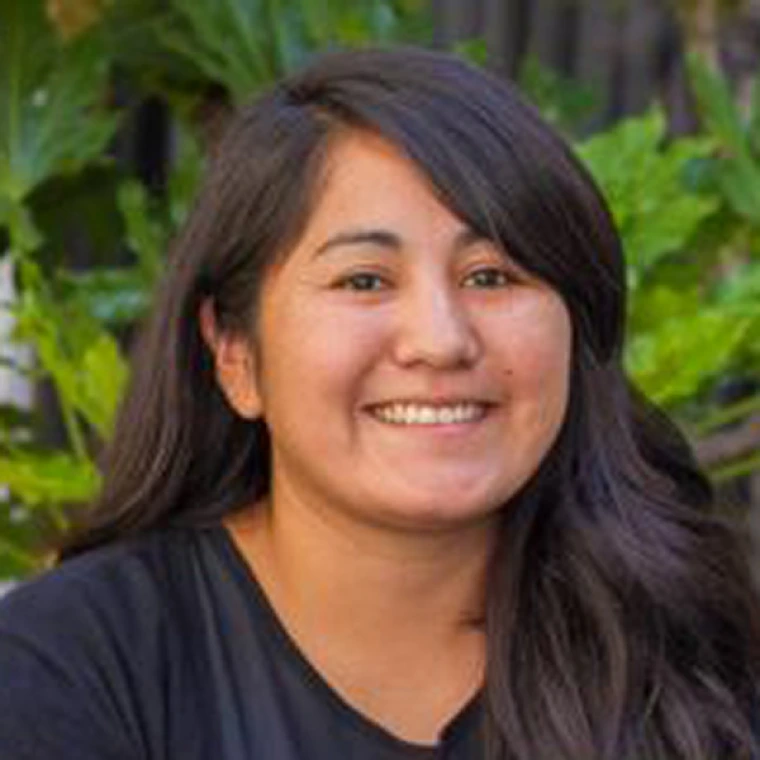Kimberley Danny

Mentor(s)
Mark L Brusseau and Karletta Chief
Department
Environmental Science
Abstract(s)
Attenuation and Transport Mechanisms of Depleted Uranium in Groundwater (Mentor: Mark Brusseau)
Lawrence Livermore National Laboratory (LLNL) Site 300 was established in 1955 to support the US Department of Energy’s weapons and development program. Site 300 was listed on the US Environmental Protection Agency’s National Priorities List in 1990 due to the presence of uranium and other contaminants in the soil and groundwater. At Building 812, depleted uranium was used in open-air explosives tests. Depleted uranium was deposited on the ground and migrated into the underlying sandstone aquifer. Uranium groundwater concentrations exceed the California and Federal Maximum Contaminant Level of 20 pCi/L (30 ug/l). However, the groundwater plume attenuates within 60 meters from the firing table source. As part of a Superfund site, a Remedial Investigation and Feasibility Study is being conducted for Building 812. Monitored natural attenuation is one remediation approach being considered.
Previous hydrologic and geochemical models were created to explain the attenuation at the site. However, a lumped parameter approach was used, meaning the contribution of individual attenuation processes were input as one value. My study will attempt to determine the individual contribution of physical, chemical, and biological attenuation processes. We hypothesize chemical processes, such as adsorption to aluminum and iron oxy(hydroxide) surfaces, are attenuating a majority of the uranium. My methods include evaluating 15 years of hydrogeologic and chemical data, creating a site conceptual model, laboratory analysis of bedrock cores, and constructing site-representative chemical equilibrium, kinetic, and transport models using the Geochemist’s Workbench software. My multicomponent reactive transport model will serve as a framework that LLNL can modify as more data becomes available or apply it to 300 other sites.
Educational Module for Increasing Tribal Community Knowledge on Mining Reclamation (Mentor: Karletta CHief)
Mining is essential to meet the demands of today’s world. Mining alters the physical, chemical, biological and aesthetic characteristics of a site. Before the increased environmental awareness in the 1970’s, little was done to mitigate the environmental and land disturbances. Today, agencies, communities, and industries are working together to reclaim and rehabilitate legacy sites and modern mines to a physically stable and ecologically-productive state. A number of the mines in the western United States are located on tribal lands. It is important that tribal members have a fundamental understanding of mining processes and potential impacts on their land, so that they can ask critical questions of mining companies, and federal, state, and tribal government agencies. An educational module introducing the reclamation of waste rock and mine tailings, reclamation planning, and techniques is being developed. This module is one of several being developed under the University of Arizona Superfund Research Program, which also include copper mining and processing, environmental impacts, and sociocultural impacts. The modules are targeted to tribal community college audiences and can be modified by the instructor. Each module includes a written instructor guide, PowerPoint lecture, hands-on activity, hands-on activity PowerPoint lecture, assessment tools, and additional resources. The development of the module components include pilot lectures and technical expert review. A final draft of the module will be accessible online upon completion.
Video
UA SRP Training Core Elevator Pitch

